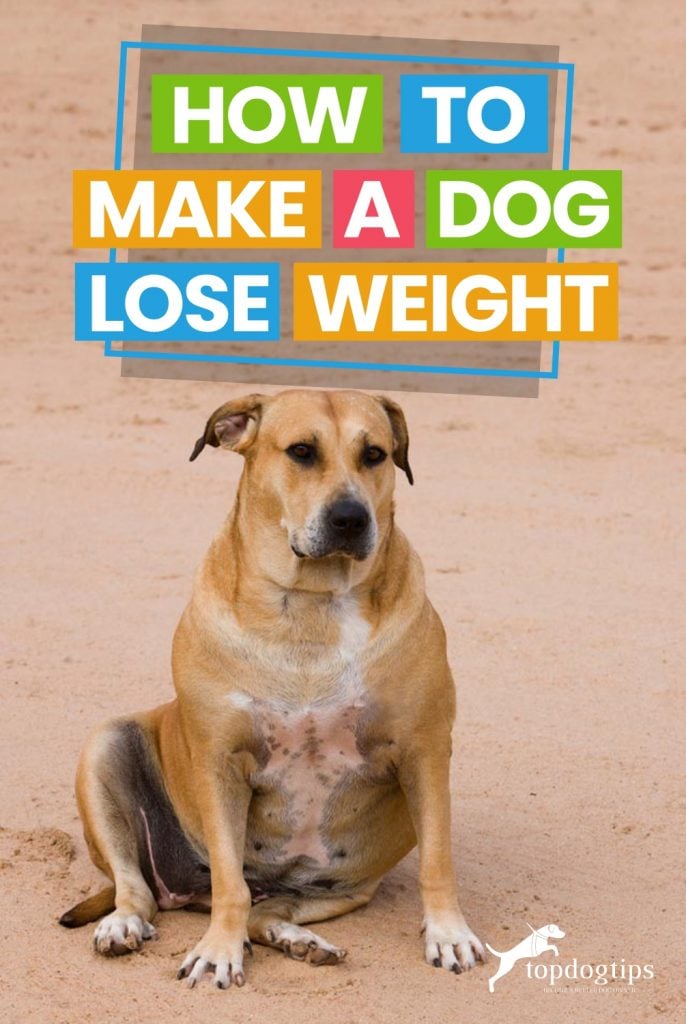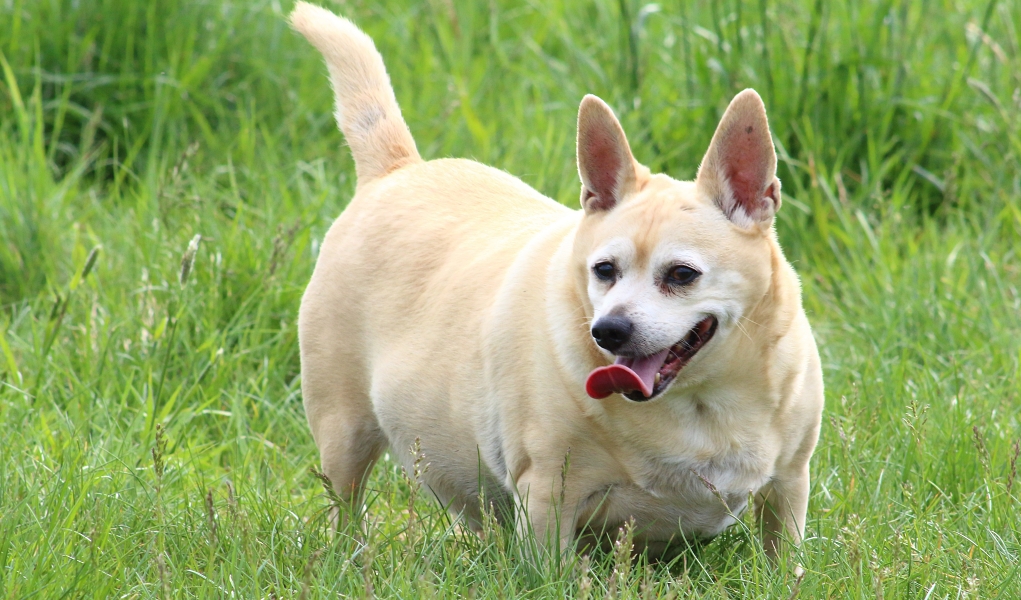There has been an unfortunate trend over the last few years. Dogs, like their human companions have been gaining more and more weight. Obesity is an epidemic, and sadly it is easily preventable. Learning how to make a dog lose weight could add years to your pet's life!
Extra pounds aren't just hazardous to your dog's health. They can restrict his mobility and hinder his quality of life. Studies have also found that obesity results in heart disease in dogs and cancer, hypertension, respiratory problems, urinary tract issues, poor heat tolerance and surgical complications.
Carrying around all that extra weight puts more pressure on your pet's bones and joints. It makes it harder for Fido to move around and lowers the range of motion in his joints. Overweight pets are more likely to suffer from:
- arthritis
- diabetes
- heart disease
- high blood pressure
- lung disorders
- cancerous tumors
- immune system dysfunction
What's worse than all of this, is that obesity can be a life-threatening condition if left untreated. If your dog continues to be overweight for a long period of time, it will do damage to his internal organs and could result in an early death.
How To Make A Dog Lose Weight
Dogs are considered overweight when their body weight is more than 15% above ideal. They are considered obese when their weight is more than 30% of ideal. I know what you're thinking – how do you know what your dog's ideal weight is?
To establish a dog's ideal weight, you'll need to use a Body Condition Score (BCS) chart. You should also consult your veterinarian if you believe that your dog is overweight. They will use a BCS chart to help you understand your dog's body weight and the impact it has on his health.
If your veterinarian tells you that your dog is overweight according to the BCS chart, it's time to help Fido drop some pounds! You need to do it in a safe and regulated way. Learning how to make a dog lose weight is not something that will happen over night.
1. Diet
We love our pets, and unfortunately we often show that love by feeding our dogs extra food and treats. Showing your love this way will quickly lead to obesity. Portion control and cutting out snacks are two simple ways to cut unnecessary calories from your dog's diet.
The dog food that you feed has serving size guidelines on the side of the package. Each dog food brand is different, so this recommendation will change based on the brand and type of dog food that you feed. You need to stick to these serving size guidelines, even if you don't think it's enough food.
These guidelines are created to give your dog a nutritionally balanced meal. Higher quality dog foods are more nutritionally dense, which means you don't need to feed as much food to get the same amount of nutrients found in poorer quality feed. Measure out your dog's food and be sure to stick to the recommended amount.
Cutting out snacks is also extremely important when it comes to helping your pet shed unwanted pounds. No more pieces of cheese, hot dogs or other high-fat, high-calorie human foods. Cut out all table scraps.
You also need to be careful when feeding high fat treats. Many dog treats are high in calories, but low in nutritional value. Try replacing unhealthy commercial dog treats with some human food snacks that are packed with nutritional value like apples, blueberries, carrots and green beans.
There are some healthy commercial dog treats as well. They are usually higher in fiber, lower in calories and contain more nutrients. But it's best to avoid dog treats altogether.
2. Exercise
You need to pair a healthier diet with exercise in order to help your pup lose weight. The added exercise won't just help your pet shed pounds, it will also help to strengthen the muscles in his body. Oftentimes overweight dogs lose muscle mass because they are less active.
Muscle does weigh more than fat. If you're stepping up your dog's exercise routine you may not notice the change in the numbers on the scale as quickly as you'll notice the change in his body structure. That's why the Body Condition Score is so important!
Start out with moderate exercise in small intervals. Instead of taking your dog for a 30-minute walk, take him for three shorter 10 minute walks. As his body condition improves, you'll be able to increase the length of the walks without taking a break.
Don't forget to change things up. Your dog will get bored with the same routine, just like you would. Play fetch, go swimming or change up the walking trail that you take. This will give your dog new stimulation and keep him motivated to exercise.
Exercising with your dog isn't just good for him – it'll be good for you too! If your dog enjoys exercising with you, he's going to be more motivated. Not to mention, it'll motivate you to get up and get moving too.
3. Supplements
Certain supplements, like omega-3 fatty acids, could also aid in weight loss. Do some research, but you should also speak with your veterinarian about these supplements before adding them to your dog's diet.
You must also remember that too much of a good thing can be very bad. Never give your dog a higher dose of supplements to try to speed up weight loss. You will end up doing more harm than good, and it could even kill your dog.
No matter what you do when learning how to make a dog lose weight, your pet's health and safety need to be your first priority. You should always consult with your veterinarian before putting your dog on any weight loss program.
READ NEXT: Pet Obesity – Is Your Dog Adding to the Statistic?















